JPEG Compression |
JPEG compression, created by the Joint Photographic Experts Group, is a commonly used lossy compression algorithm specifically designed for photographic images. It takes advantage of the human eye's varying sensitivity to different frequencies, allowing it to reduce file sizes significantly without an easily perceptible loss of quality. JPEG compression works by transforming the image data into a frequency domain and then quantizing the coefficients to achieve compression. This article will explore the JPEG compression process in great detail, explaining each step and how it contributes to the final result. |
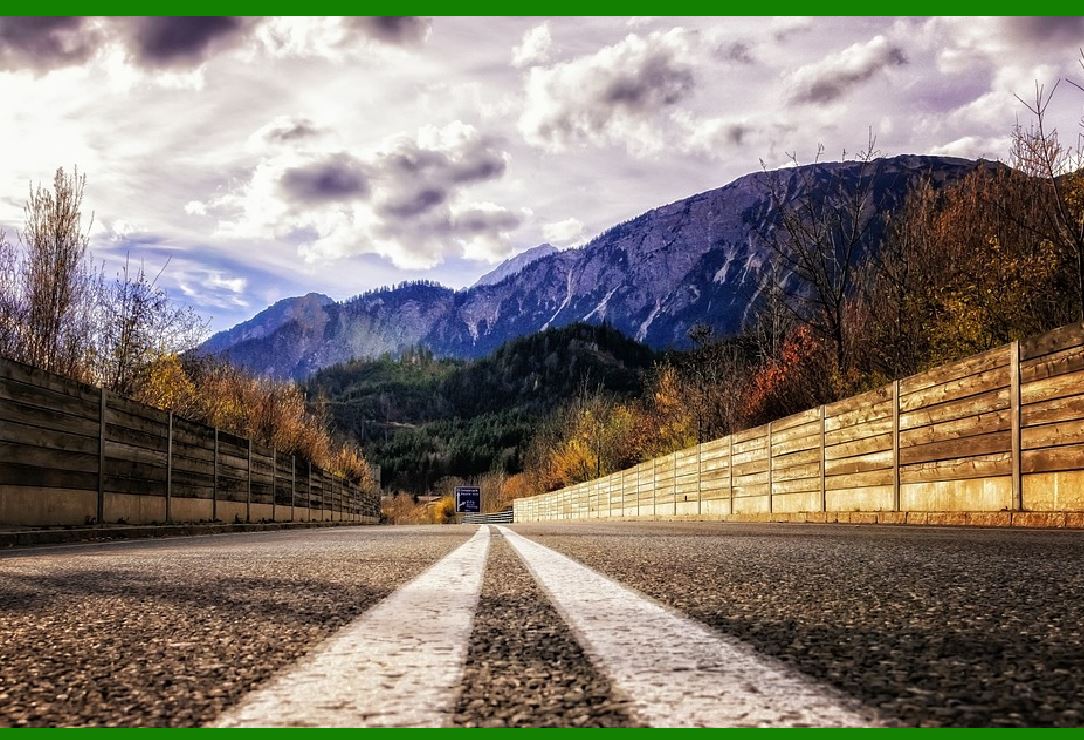
|
1. The Basics of JPEG Compression |
JPEG compression is inherently lossy, meaning that some amount of original data is permanently lost during the compression process. The key to its effectiveness lies in the fact that human vision is less sensitive to high-frequency details, allowing JPEG to discard these without a noticeable impact on perceived image quality. The compression process involves several main steps: color space transformation, partitioning into blocks, Discrete Cosine Transform (DCT), quantization, and entropy coding. By using these steps, JPEG can reduce image file sizes to a fraction of their original size, making it particularly useful for applications such as digital photography, web images, and more. |
2. Color Space Transformation |
The JPEG algorithm begins by transforming the image from the RGB color space, which is typically used in digital displays, to the YCbCr color space. This transformation separates the image into one luminance channel (Y) and two chrominance channels (Cb and Cr). The transformation is beneficial because the human eye is more sensitive to changes in luminance (brightness) than to changes in chrominance (color). Therefore, by converting the image to YCbCr, JPEG can compress the chrominance data more aggressively than the luminance data, leading to higher compression rates without a noticeable impact on visual quality. |
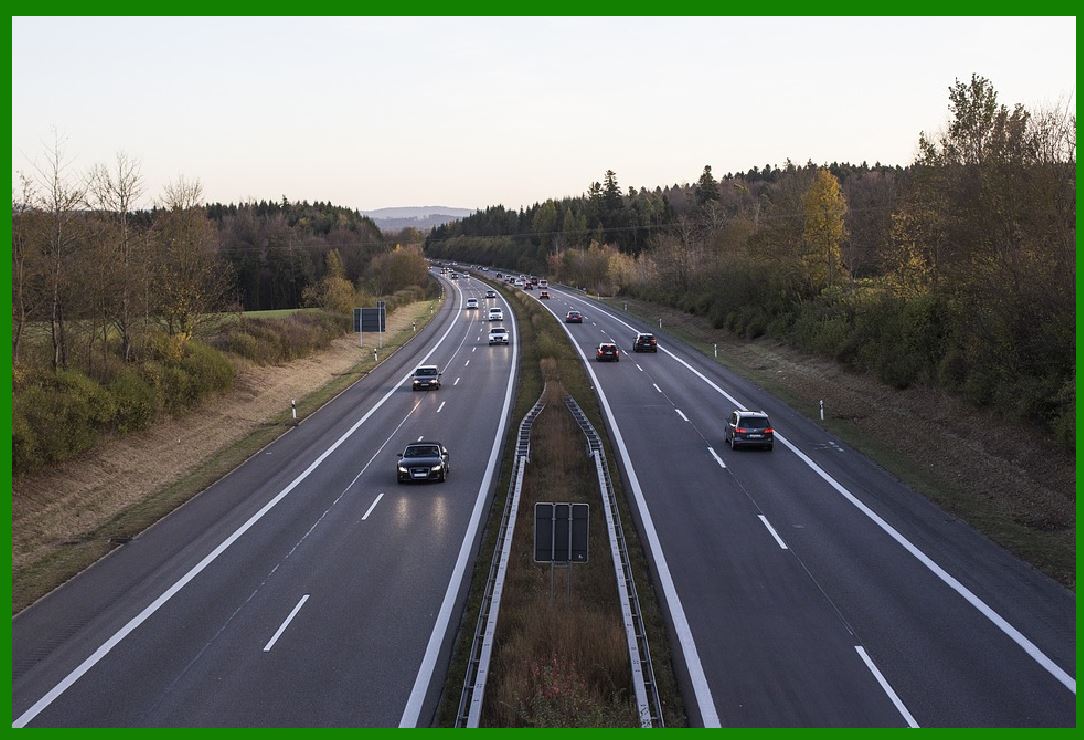
|
3. Downsampling |
After transforming the image into the YCbCr color space, the algorithm performs downsampling on the chrominance channels. Typically, JPEG uses a 4:2:0 chroma subsampling scheme, which reduces the resolution of the Cb and Cr channels by a factor of two in both the horizontal and vertical directions. This step takes advantage of the fact that human vision is less sensitive to color details than brightness details, allowing for significant data reduction in the chrominance components without a major loss in perceived image quality. |
4. Partitioning the Image into Blocks |
Once downsampling is complete, the image is divided into 8x8 blocks of pixels. Each block is treated as an independent unit during compression, with the same sequence of steps applied to each one. The block size of 8x8 pixels is chosen because it provides a good balance between compression efficiency and computational complexity. By processing the image in blocks, JPEG can reduce the amount of data required to represent the image while maintaining a reasonable level of quality. |
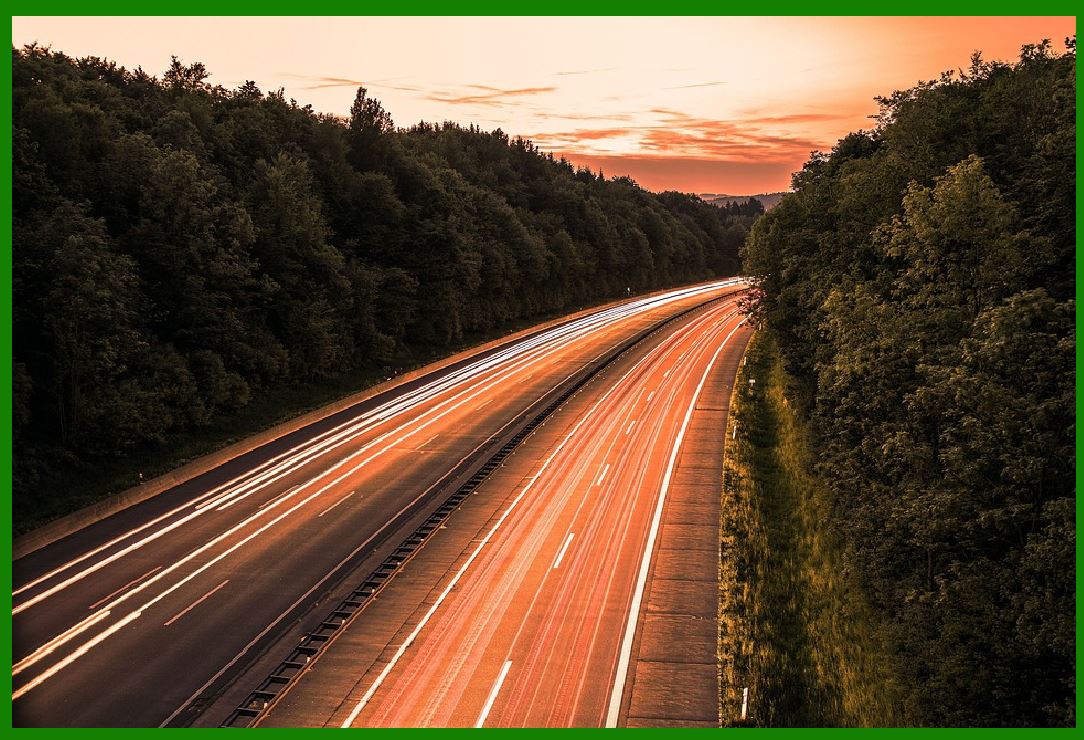
|
5. Discrete Cosine Transform (DCT) |
The Discrete Cosine Transform (DCT) is a mathematical transformation that converts spatial data (pixel values) into frequency data. For each 8x8 block, the DCT algorithm calculates a set of 64 coefficients, representing the block in terms of various frequencies. The DCT separates the low-frequency components, which contain most of the image's visual information, from the high-frequency components, which tend to be less critical for perceived quality. The result is a matrix of frequency coefficients, with the top-left corner containing the lowest frequency component, known as the DC coefficient, and the other elements containing progressively higher frequencies, known as the AC coefficients. |
6. Quantization |
Quantization is the primary source of data loss in JPEG compression. During this step, the DCT coefficients are divided by a quantization matrix, which reduces the precision of the coefficients based on their importance to the image. The quantization matrix is designed to retain more detail in the low-frequency components (which are more important to image quality) while discarding more detail in the high-frequency components (which have less impact on image quality). The resulting coefficients are rounded to the nearest integer, significantly reducing the amount of data needed to represent the image. The choice of quantization matrix can be adjusted based on the desired level of compression; higher compression ratios are achieved by increasing the amount of quantization, but this also leads to a greater loss of detail. |

|
7. Zigzag Scanning |
After quantization, the coefficients are ordered in a zigzag pattern, starting from the DC coefficient and moving through the AC coefficients. This ordering is used because it tends to group similar values together, which improves the efficiency of the subsequent entropy coding step. The zigzag pattern is designed to place the most significant coefficients (those with the lowest frequencies) first, followed by the less significant coefficients (those with higher frequencies), which are often zeroed out during quantization. |
8. Run-Length Encoding |
The JPEG algorithm applies run-length encoding (RLE) to the ordered coefficients. RLE is a form of lossless data compression that represents sequences of identical values with a single value and a count. In the context of JPEG, RLE is particularly effective because the quantization step typically results in long sequences of zero values for the higher-frequency coefficients. By encoding these sequences with RLE, JPEG can reduce the amount of data needed to represent the image, further increasing the overall compression ratio. |
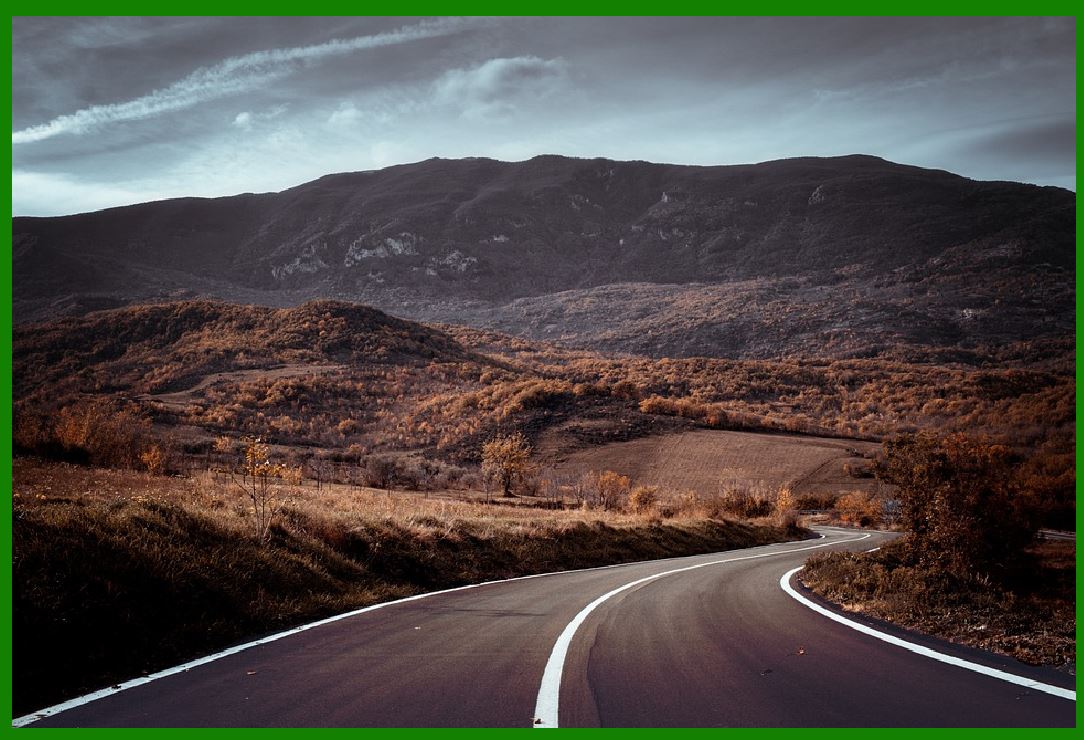
|
9. Huffman Coding |
The final step in JPEG compression is entropy coding, which is typically performed using Huffman coding. Huffman coding assigns shorter binary codes to more frequently occurring symbols and longer codes to less frequent symbols. In JPEG, Huffman coding is applied separately to the DC and AC coefficients of each block. The DC coefficients are encoded as the difference between the current block's DC value and the previous block's DC value, which tends to produce smaller values that can be efficiently encoded. The AC coefficients are encoded based on their run-length and size, with Huffman codes used to represent the most common patterns. |
10. Compression Ratio and Quality Settings |
JPEG compression can achieve varying levels of compression by adjusting the quality setting, which affects the quantization matrix. Higher quality settings use less aggressive quantization, resulting in larger file sizes but better image quality. Lower quality settings use more aggressive quantization, leading to smaller file sizes but more noticeable artifacts, such as blocking and blurring. The user can typically choose a quality setting based on the specific requirements of the application, balancing the trade-off between file size and image quality. |
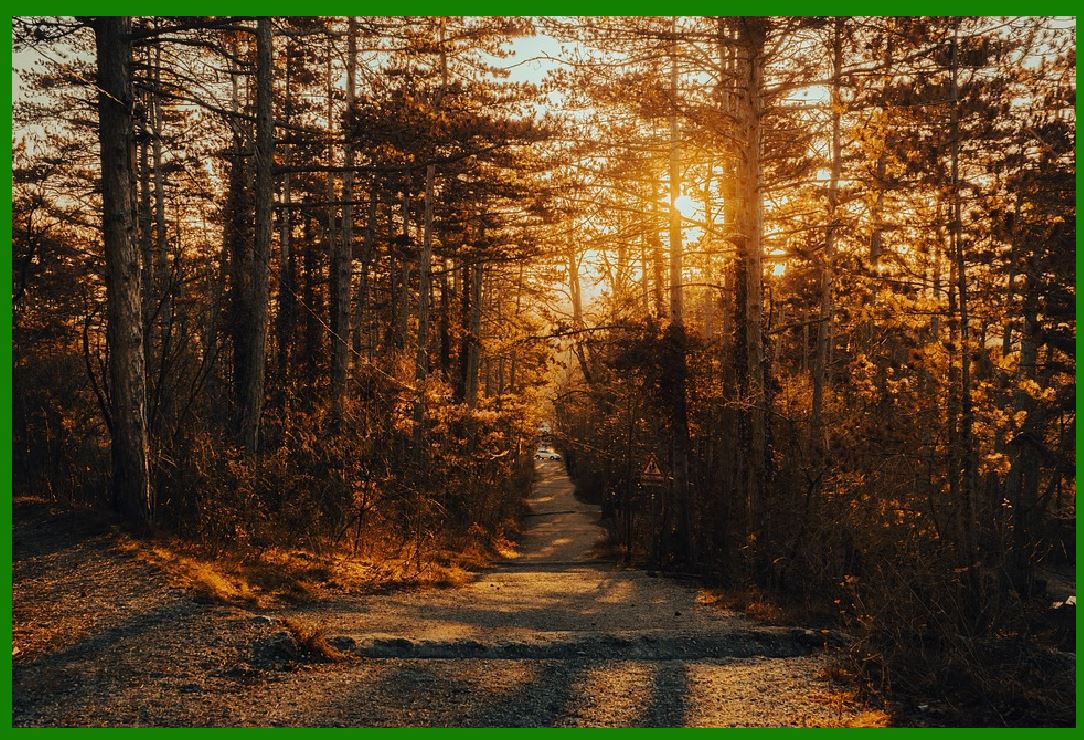
|
11. Lossless JPEG |
Although JPEG is primarily a lossy compression format, there is a variant known as Lossless JPEG. This variant uses a different compression algorithm that does not involve quantization, allowing it to preserve all of the original image data. Lossless JPEG is less commonly used because it achieves lower compression ratios compared to standard lossy JPEG, but it can be useful for applications where image quality is critical and data loss is unacceptable. |
12. Progressive JPEG |
Progressive JPEG is a variation of the standard JPEG format that allows an image to be loaded in multiple passes, gradually improving in quality as more data is received. This format is useful for web images because it provides a quick preview of the entire image, which can then be refined as more data is downloaded. Progressive JPEG achieves this by encoding the image in several layers, with each layer adding more detail to the image. |
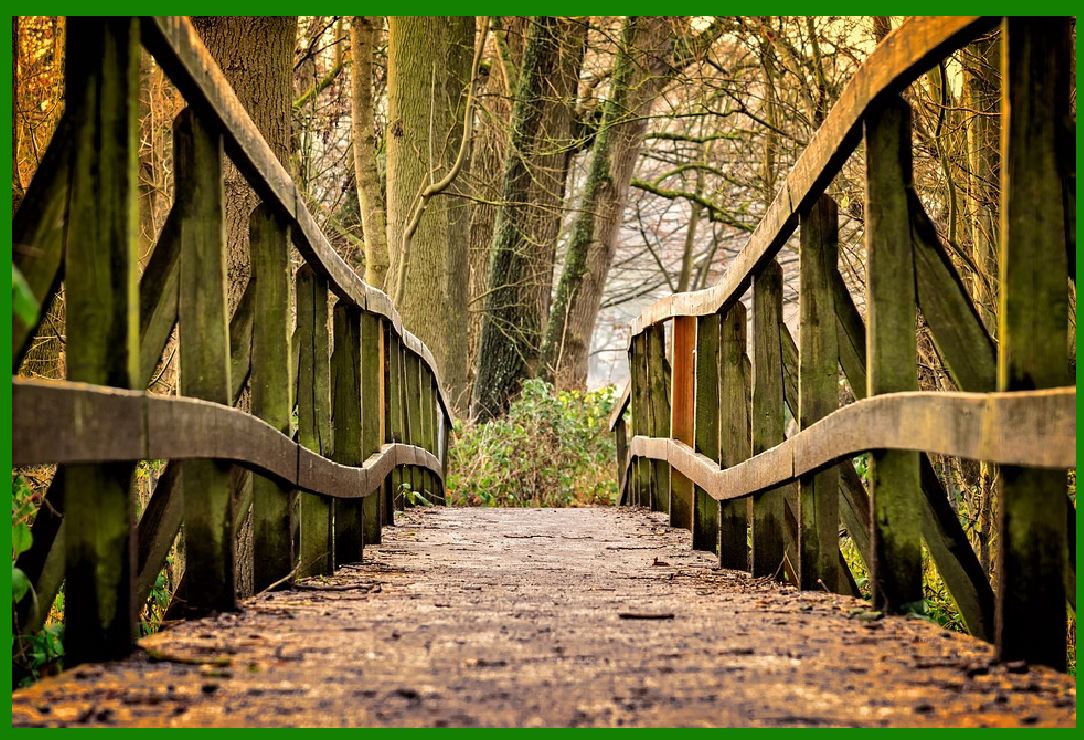
|
13. Baseline vs. Extended JPEG |
Baseline JPEG is the most commonly used form of JPEG compression and supports 8-bit data per color channel. Extended JPEG, on the other hand, supports 12-bit data per color channel, allowing for higher image quality and a greater range of colors. However, Extended JPEG is less widely supported and is typically only used in specialized applications where higher bit-depth is required. |
14. JPEG Artifacts |
JPEG compression can produce a variety of artifacts, particularly at lower quality settings. These artifacts include blocking, where the image appears to be divided into visible 8x8 blocks, and blurring, where details are lost, especially around edges. Another common artifact is ringing, which appears as halos around high-contrast edges. These artifacts are a result of the quantization step, which discards high-frequency information that may be critical for preserving fine details. |
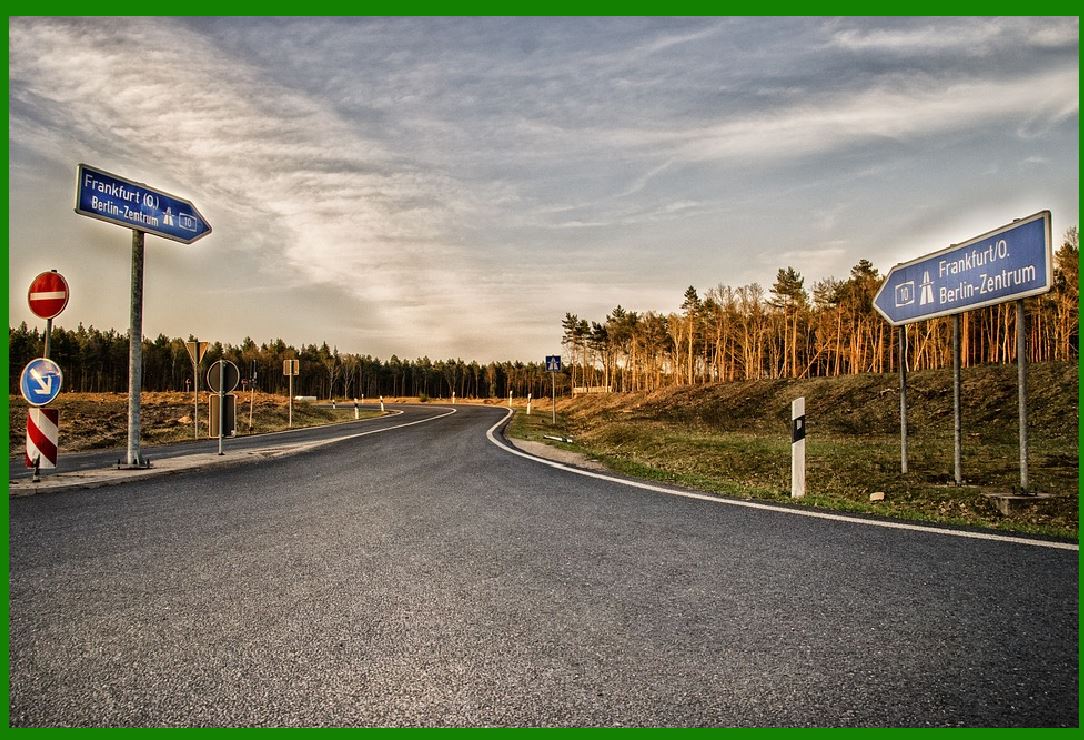
|
15. JPEG Compression and Image Quality |
The quality of a JPEG-compressed image depends on several factors, including the original image content, the compression ratio, and the viewing conditions. Images with fine details, such as text or intricate patterns, are more susceptible to visible artifacts, while images with smooth gradients and fewer details can tolerate higher compression ratios without a noticeable loss of quality. The viewing conditions, such as the size of the image and the distance from the viewer, also affect the perceived quality of a JPEG-compressed image. |
16. Applications of JPEG Compression |
JPEG is widely used in a variety of applications, including digital photography, web images, and image archiving. Its ability to achieve high compression ratios with minimal loss of quality makes it ideal for situations where storage space or bandwidth is limited. JPEG is also commonly used in printing and publishing, where it provides a good balance between image quality and file size. |
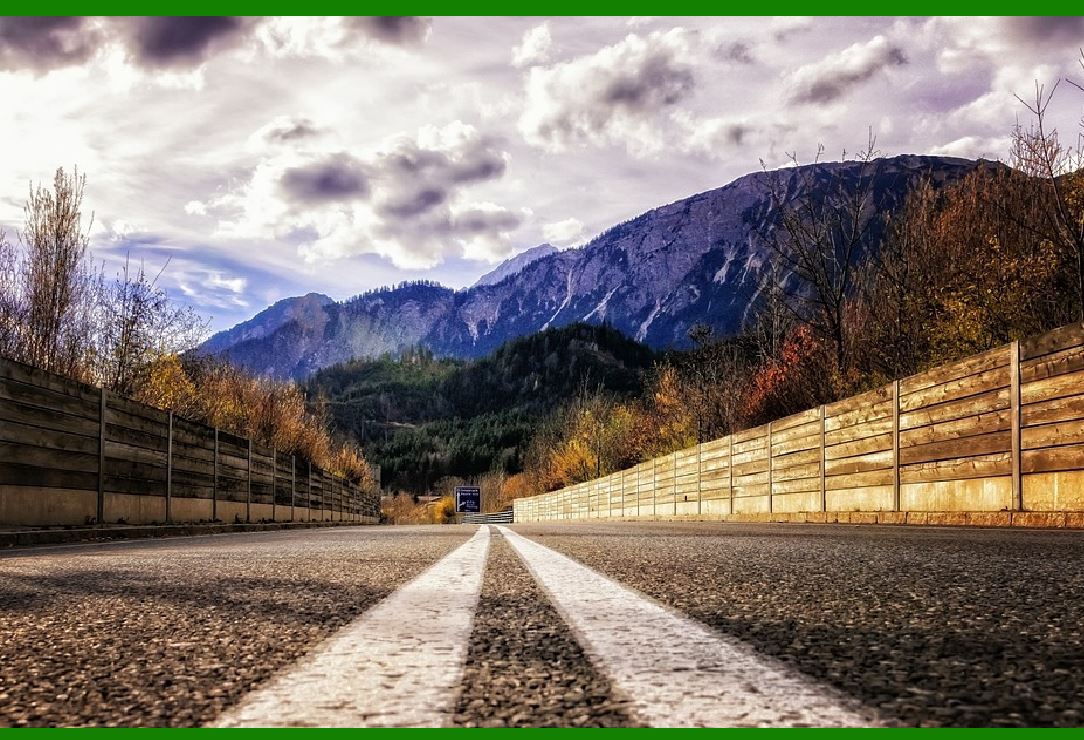
|
17. JPEG vs. Other Image Compression Formats |
JPEG is one of the most popular image compression formats, but it is not the only option available. Other formats, such as PNG and GIF, offer lossless compression, which preserves all of the original image data. However, these formats typically achieve lower compression ratios compared to JPEG. For photographic images, JPEG is often preferred due to its ability to achieve high compression ratios with minimal loss of quality. For images with sharp edges and text, such as line art or logos, PNG or GIF may be a better choice. |
18. The Future of JPEG Compression |
JPEG compression has been around for decades, but it continues to evolve. Newer compression formats, such as JPEG 2000 and JPEG XR, offer improved compression efficiency and image quality. However, these formats have not achieved the same level of adoption as the original JPEG format, largely due to compatibility issues and the widespread support for standard JPEG. In recent years, newer formats such as HEIF (High Efficiency Image Format) have emerged, offering even better compression ratios and quality than JPEG, but JPEG remains the most widely used format for photographic images. |
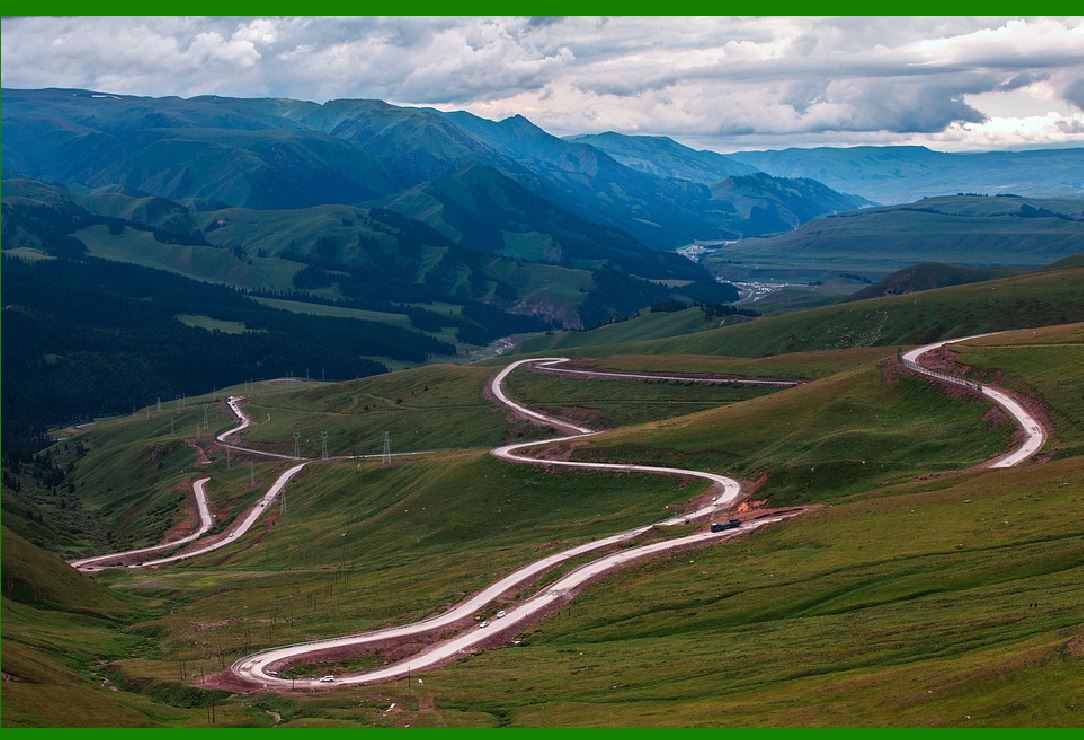
|
19. Summary |
JPEG compression is a highly effective method for reducing the file size of photographic images. By transforming the image into a frequency domain and quantizing the coefficients, JPEG can achieve significant data reduction with minimal loss of quality. Despite the emergence of newer compression formats, JPEG remains the most popular choice for digital photography and web images, thanks to its excellent balance between image quality and file size. |









